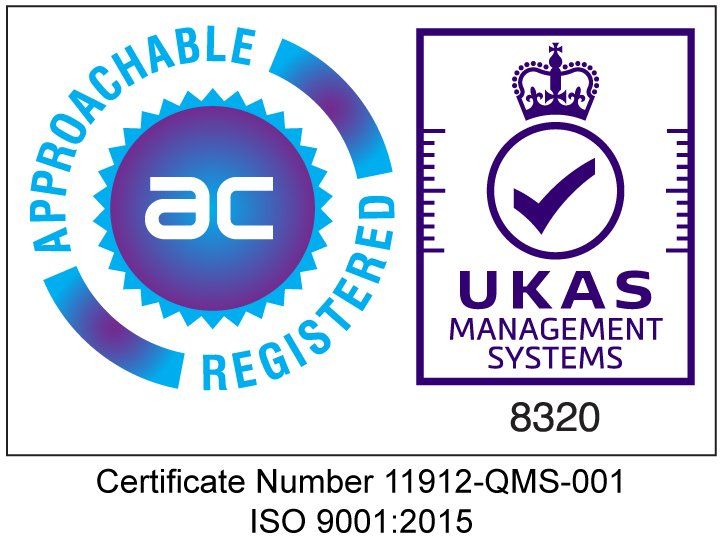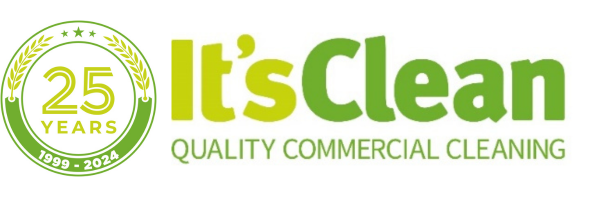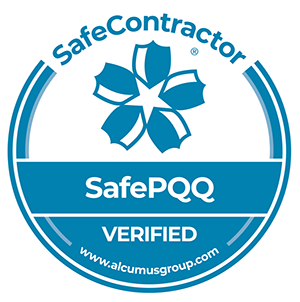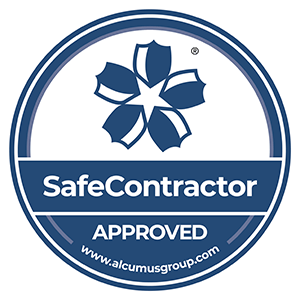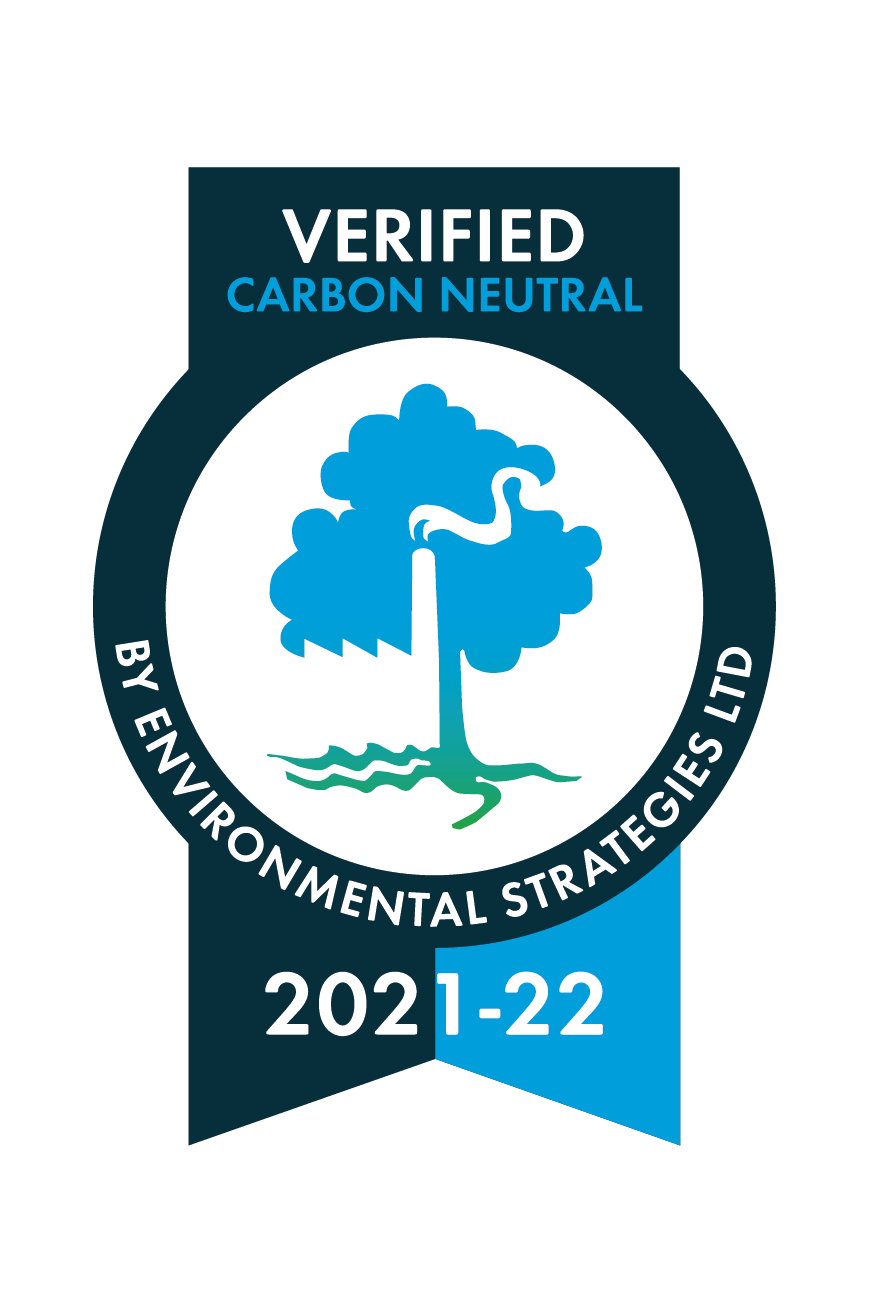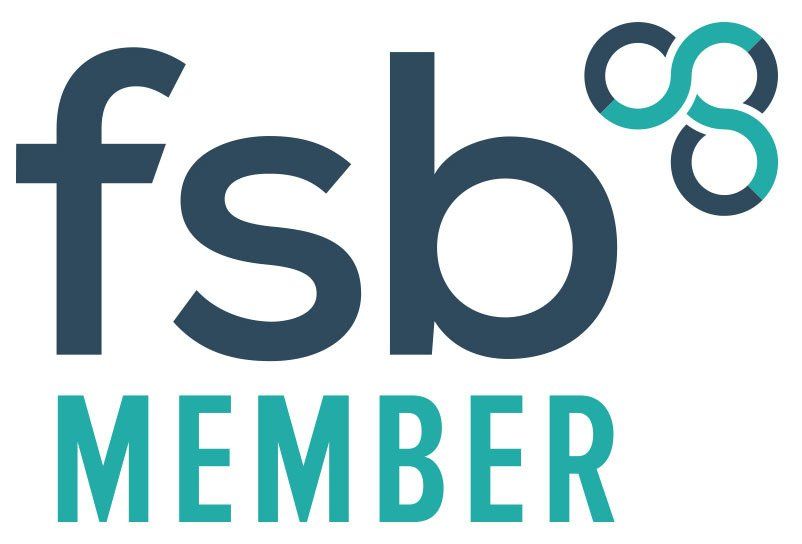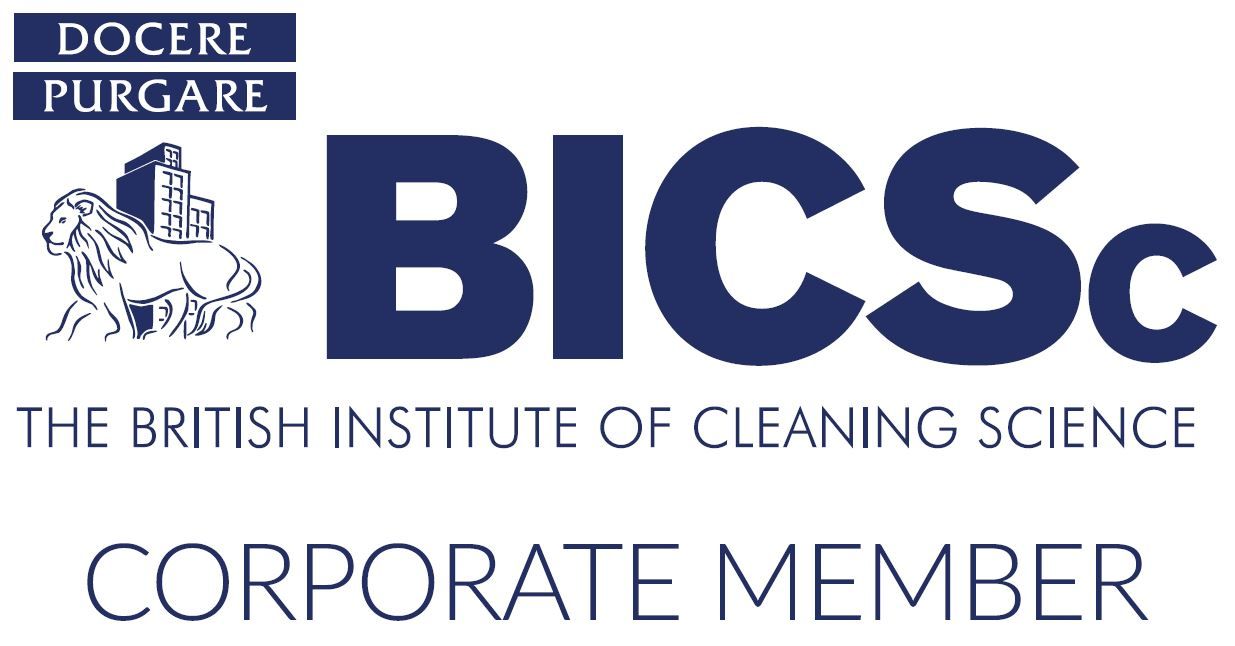Why Cleaning Your Building is More Important Than Ever
Here's how to keep your building clean post-COVID
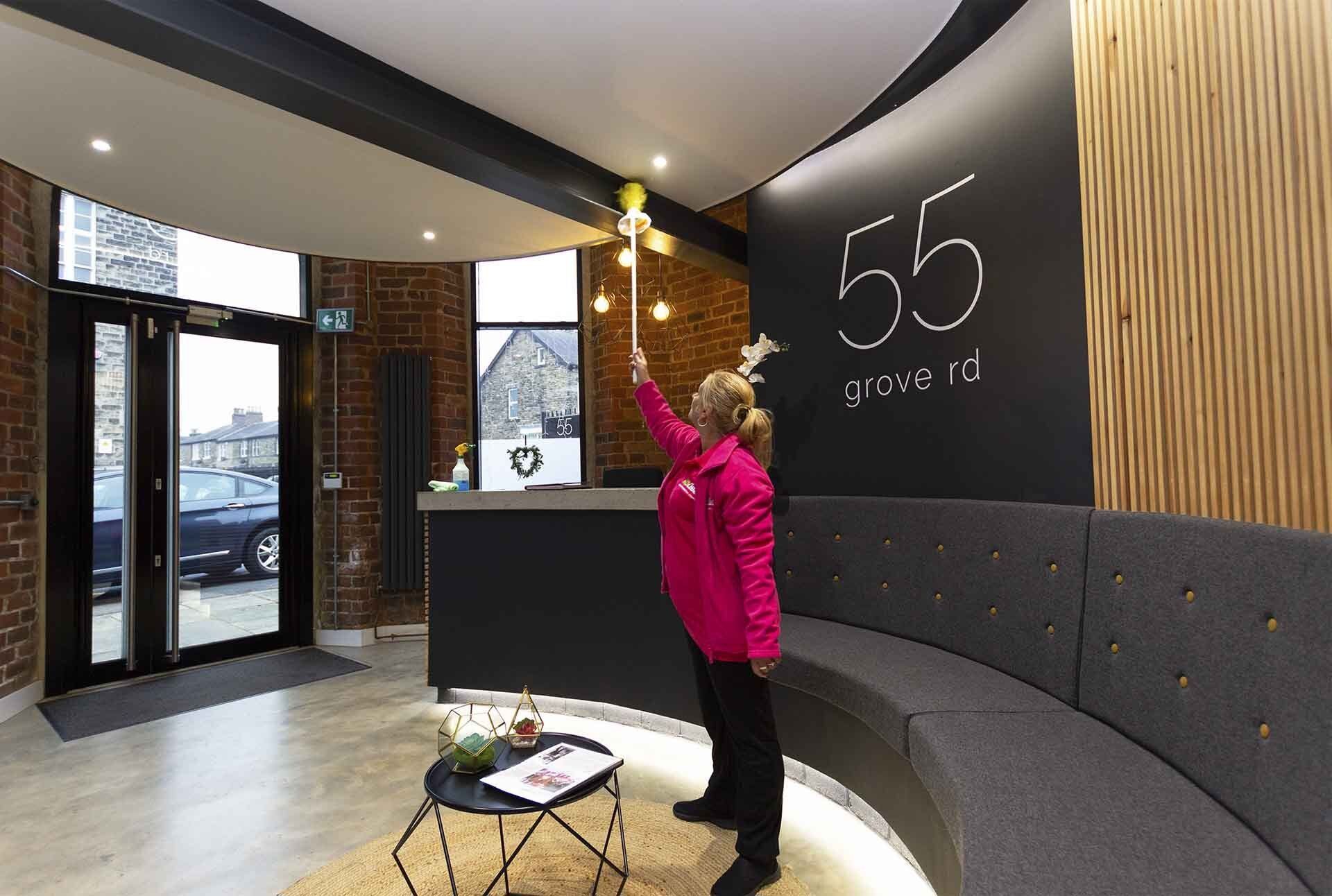
For an organisation to maintain a competitive edge it needs preparation, policies and procedures. These are a pre-requisite whichever industry sector you are in, but in 2020, of course, everything has changed and is still changing, so you need these things just to stay in business, and a healthy building – and therefore healthy building procedures - are priority number one for any organisation wanting to maintain their operations anywhere close to normal.
Businesses opening their premises back-up after the Coronavirus lockdown period have had to undertake considerable planning and preparation, and the implementation of new procedures has been critical in meeting new standards. But also in enticing employees back from the safety of their work-from-home cocoon and encouraging customers to come and spend money again, when online shopping or simply doing nothing all day, has become the norm.
Clean building post-COVID: what you need to do
Providing a clean building is the first thing an employer can do in creating a safe environment for people to work in and for people to visit, so in conjunction with individual health monitoring and other procedures - such as provision of face masks and social distancing measures – implementing a thorough cleaning policy is now an important task for any employer or facility manager. Not only does it ensure your business is safe to operate in the new COVID world, but it promotes that message to visitors and customers too.
The first step in implementing a new cleaning schedule is strong messaging, so the entrance to your building should have clear notification about wearing face masks, what social distancing measures are in place and where hand sanitisation is available (clue: it should be available in the entrance foyer right where people are stood).
A clean building checklist
Such standards should follow all the way around the building, and this is important because infection is spread very easily and high standards are critical in managing this and also promoting best practice. So internal cleaning procedures need to be looked at very closely, and the following should be considered:
- Thorough risk assessment of the whole building to identify key areas which need specific attention
- Regular touch-point cleaning of frequently-used areas such as telephones, light switches, door handles, stairway bannisters
- Regular fogging disinfection of key areas
- Periodic deep-cleaning to include obvious, frequently-used areas but also certain locations where germs or bacteria can settle and spread, such as window ledges, below and behind radiators, underneath and behind desks etc.
Fogging is the use of a fine-mist disinfection to provide comprehensive cleaning of a whole area and make it safe for return and use within minutes, whilst touch point cleaning has also been proven to be a critical control measure in preventing the spread of infection from person-to-person. Both these practices should now form the basis of a regular and robust cleaning schedule to help fight the spread of COVID-19, but also to keep your organisation safely operating and able to compete in an ever-changing and increasingly difficult marketplace.
Your primary duty now is to the safety of your employees, so whatever policies and procedures you choose to implement, you need to let people know and manage their implementation, this is for the sake of your employees and your business, so keeping a clean and healthy building is more important than ever, and we can help you both establish and maintain that.
Get in touch today and It’s Clean can work with you as a professional commercial cleaning company, to keep your business operating.

